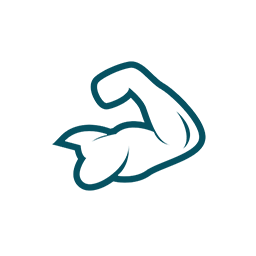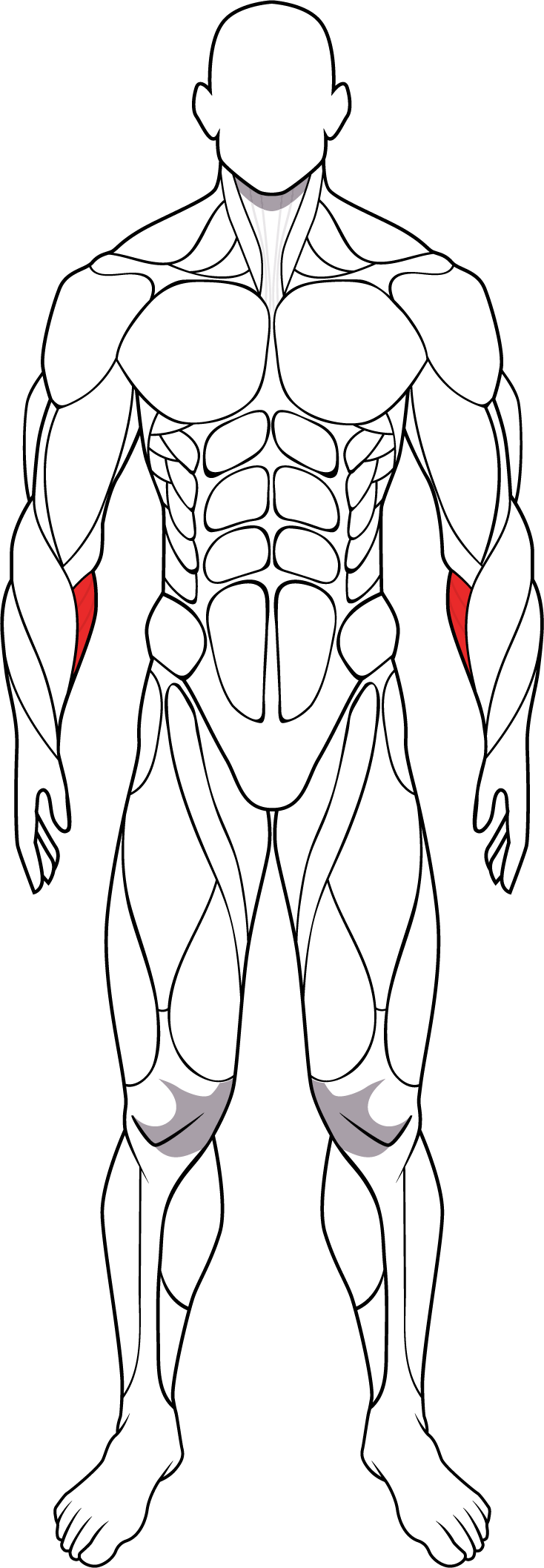The pronator teres is a muscle located in the forearm. It is one of the two pronator muscles in the forearm, the other being the pronator quadratus. The pronator teres is responsible for pronation of the forearm, which is the action of rotating the forearm so that the palm of the hand faces downward.
The pronator teres is a muscle located in the forearm. It is one of the two pronator muscles in the forearm, the other being the pronator quadratus. The pronator teres is responsible for pronation of the forearm, which is the action of rotating the forearm so that the palm of the hand faces downward.
Here are some key points about the pronator teres muscle:
Anatomy: The pronator teres consists of two heads. The humeral head originates from the medial epicondyle of the humerus (the bony prominence on the inside of the elbow), while the ulnar head originates from the coronoid process of the ulna (the larger bone of the forearm). The muscle inserts onto the lateral surface of the radius (the smaller bone of the forearm) about halfway down the forearm.
Function: The primary function of the pronator teres is to pronate the forearm, turning the palm of the hand downward. It also assists in flexing the forearm at the elbow.
Exercises: Exercises that target the pronator teres include wrist pronation exercises with a weight or resistance band, as well as movements like gripping and twisting.
Injury: The pronator teres can be susceptible to injury, particularly in activities that involve repetitive or forceful pronation. Overuse or strain of the muscle can lead to pronator teres syndrome, a condition in which the muscle compresses the median nerve, causing pain and weakness in the forearm and hand.
Overall, the pronator teres is an important muscle for forearm function, particularly in activities that involve turning the palm of the hand downward or manipulating objects. Proper warm-up and exercise technique can help prevent injury to this muscle.
Here are some key points about the pronator teres muscle:
Anatomy: The pronator teres consists of two heads. The humeral head originates from the medial epicondyle of the humerus (the bony prominence on the inside of the elbow), while the ulnar head originates from the coronoid process of the ulna (the larger bone of the forearm). The muscle inserts onto the lateral surface of the radius (the smaller bone of the forearm) about halfway down the forearm.
Function: The primary function of the pronator teres is to pronate the forearm, turning the palm of the hand downward. It also assists in flexing the forearm at the elbow.
Exercises: Exercises that target the pronator teres include wrist pronation exercises with a weight or resistance band, as well as movements like gripping and twisting.
Injury: The pronator teres can be susceptible to injury, particularly in activities that involve repetitive or forceful pronation. Overuse or strain of the muscle can lead to pronator teres syndrome, a condition in which the muscle compresses the median nerve, causing pain and weakness in the forearm and hand.
Overall, the pronator teres is an important muscle for forearm function, particularly in activities that involve turning the palm of the hand downward or manipulating objects. Proper warm-up and exercise technique can help prevent injury to this muscle.


